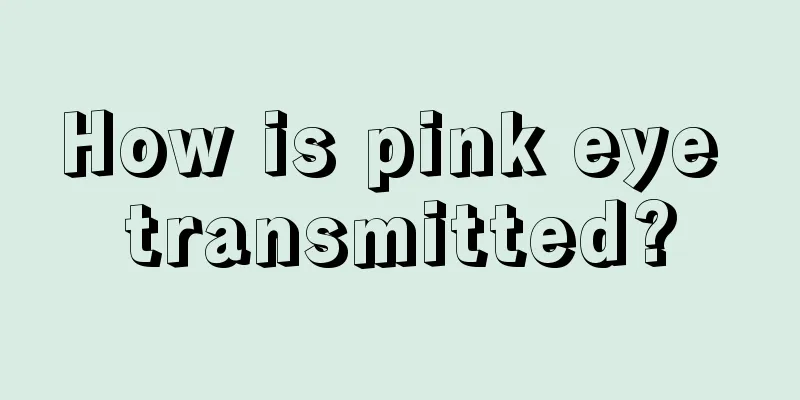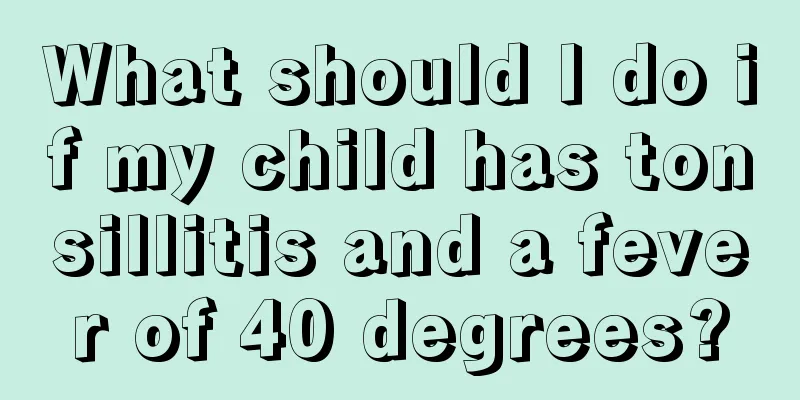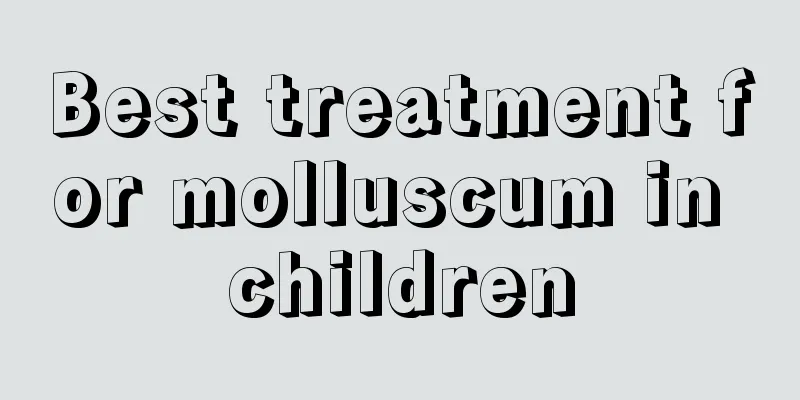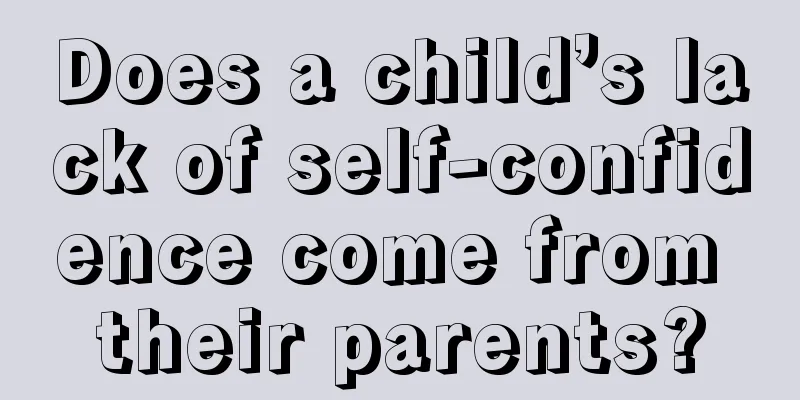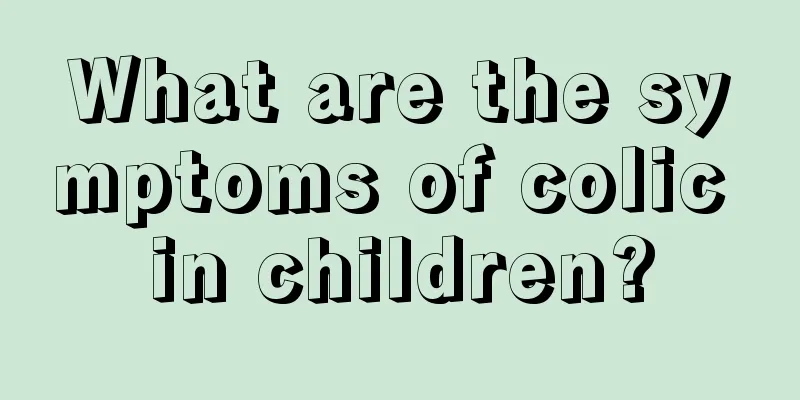What to do with congenital tenosynovitis in children
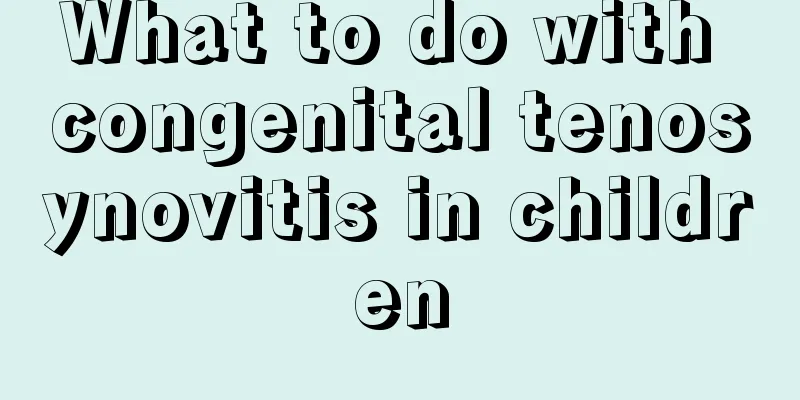
|
Some pregnant women do not pay attention to their diet during pregnancy, which may cause some babies to be born with congenital tenosynovitis. So what is congenital tenosynovitis in children? How to treat congenital tenosynovitis in children? What impact does congenital tenosynovitis in children have on their growth? Let’s take a look at it together below. What is congenital tenosynovitis in children? Inflammation of the tendon (tendinitis) and the lining of the tendon sheath (tenosynovitis) usually occur simultaneously. The synovial-lined tendon sheath is usually the most inflamed site, but the inflammatory reaction may involve the tendon it encloses (for example, as a result of calcium deposits). Treatment: Immobilize the tendon with a splint or cast or keep it at rest, apply heat or cold (whichever is better for the patient), local anesthetics, and nonsteroidal anti-inflammatory drugs for 7 to 10 days. Colchicine is effective in treating patients with urate deposition. After the acute inflammation is controlled, especially to prevent "frozen shoulder", moderate exercise training can be performed several times a day (gradually increasing the amount of active exercise according to tolerance). Intratendinous injection of long-acting adrenocortical hormones is also effective. Depending on the condition and location, choose 0.5-2 ml of dexamethasone acetate, methylprednisolone acetate or hydrocortisone acetate, and mix it with an equal amount or 2 times of 1% local anesthetic (such as lidocaine). If the site of inflammation is unclear, a trial injection can be made at the site of most severe pain. Care must be taken not to inject into the tendon (where resistance is greater) so as to avoid weakening the tendon and causing tendon rupture during activity. If the inflamed area is re-examined after 3 to 4 days, the exact site of the lesion can often be found, allowing for a more accurate second injection. Resting the area where the injection was given can reduce the risk of tendon rupture. Patients should be informed in advance that "acute post-injection attacks" may occasionally occur, which may be due to synovitis induced by crystallization of long-acting corticosteroid preparations. The above phenomena usually occur within a few hours after injection, and usually rarely exceed 24 hours. They can be treated with cold compresses and short-acting analgesics. In order to reduce the inflammation, local injection or symptomatic treatment should be performed every 2 to 3 weeks, and the course of treatment is 1 to 2 months. In recalcitrant cases, surgical exploration may be considered to remove inflamed tissue or calcium deposits, followed by appropriate physical therapy. Surgery is rarely necessary, other than fibrous osseous tunnel release or tenotomy for chronic inflammation. The above article introduces in detail what congenital tenosynovitis in children is. And the treatment of congenital tenosynovitis in children. I believe everyone understands. So when we have children around us suffering from congenital tenosynovitis, we must give some advice to their parents. And go to the hospital for treatment. I also hope that pregnant mothers pay attention to a healthy diet during pregnancy. This will reduce the risk of your baby suffering from certain diseases. |
<<: What should I do if my child has red bumps on his body that itch when scratched?
>>: Developmental characteristics of girls at different stages
Recommend
Can I have hernia surgery if I have a cold?
Because the weather is always changing, it is eas...
Why is the newborn baby's hair yellow?
I believe many people have seen that the hair of ...
Why does my child keep sneezing?
There are many reasons why children always sneeze...
What should I do if my baby has red stools?
This situation in which babies have red stools du...
What are the symptoms of vitamin d deficiency in children
There are many things to pay attention to in the ...
Why does a 2-year-old baby cry when sleeping?
We all know that babies have different growth and...
What should children eat to recover quickly after a fracture?
Fractures have had a serious impact on people'...
Are there serious consequences of applying garlic to the soles of children's feet?
It is normal for babies to cough in their daily l...
The baby had red stool after eating dragon fruit
If the baby has red stool after eating pitaya, pa...
One-month-old baby farts but doesn't poop
It is quite common for newborn babies who have ju...
How to treat prickly heat in children?
When summer comes, the weather becomes very hot a...
Three major abilities that children need to master before entering primary school
After bidding farewell to three years of kinderga...
What to do if your child has enteritis and diarrhea? Three common clinical methods
Enteritis is a common disease in children. In lif...
What should I do if my baby has rhinitis? Parents should keep these tips in mind
For adults, there are many ways to solve rhinitis...
How to treat rickets in infants
Infantile rickets is a relatively common disease....

